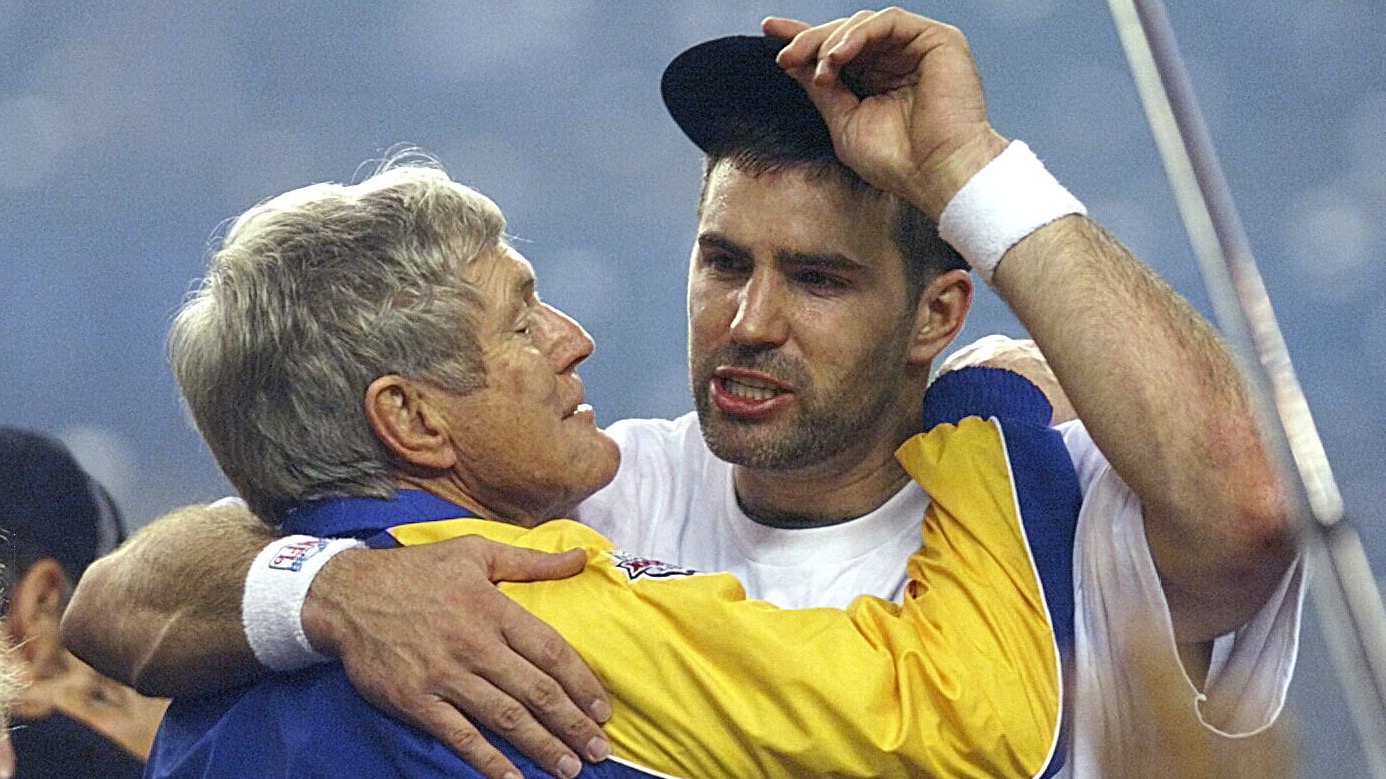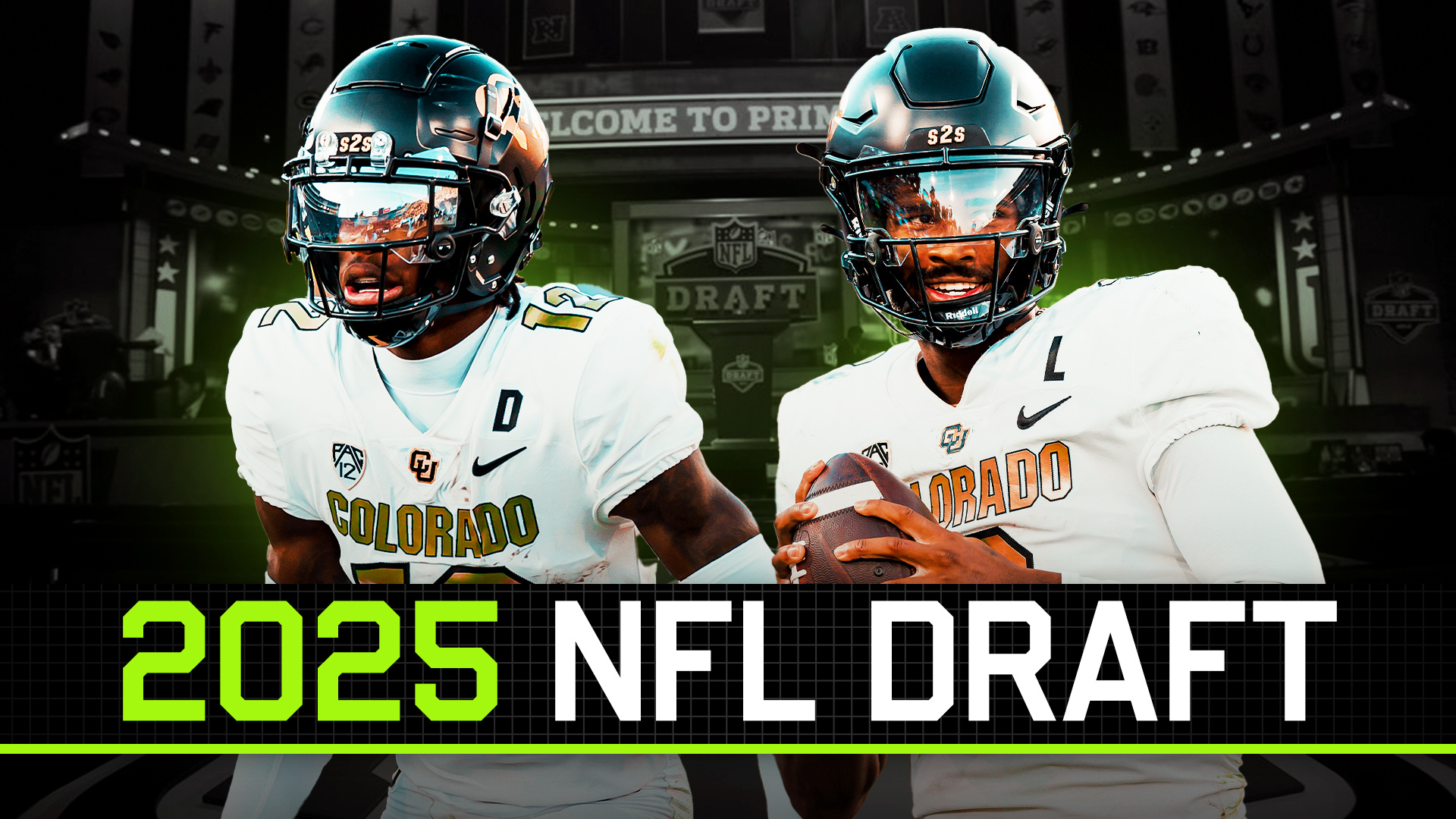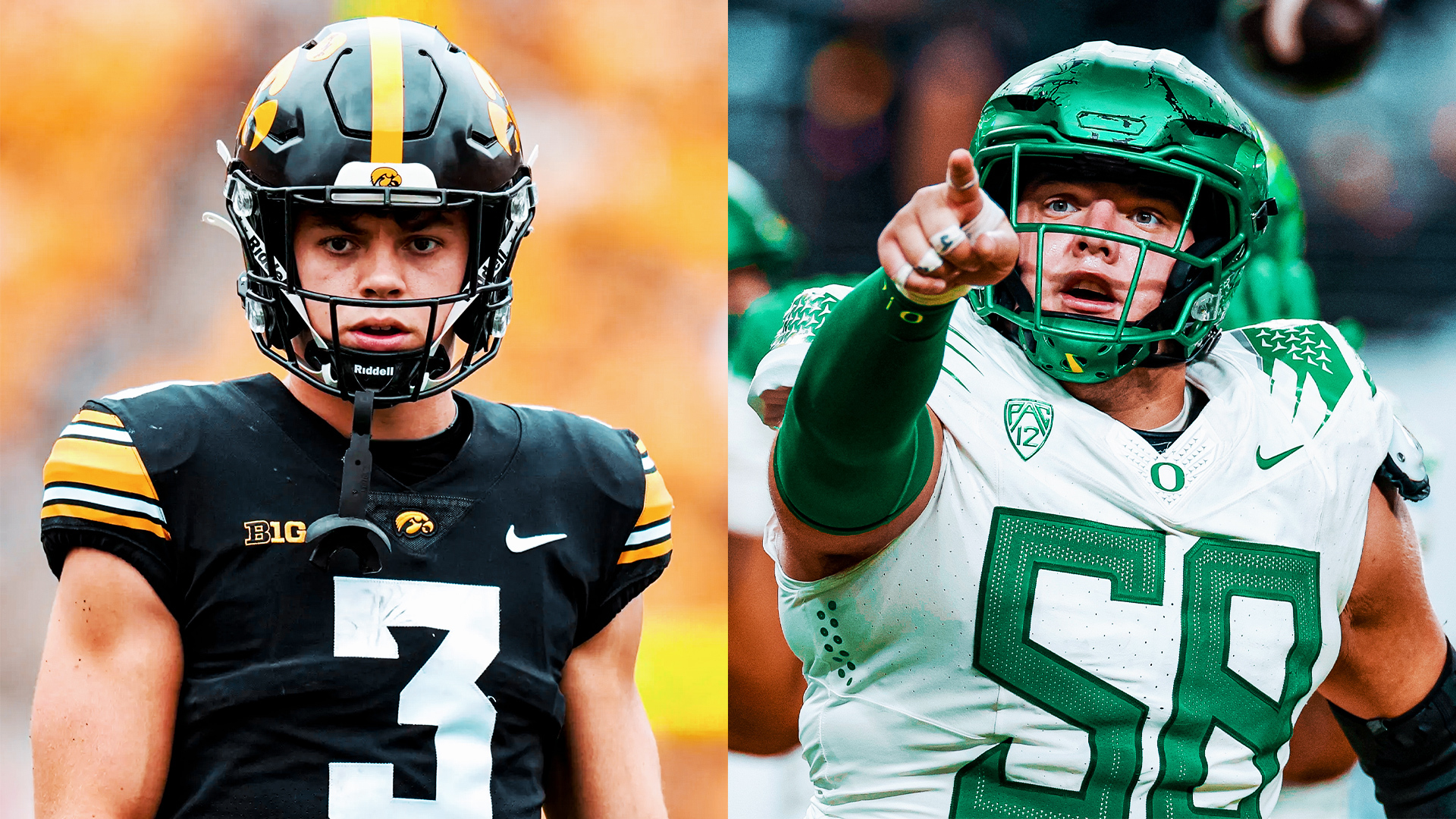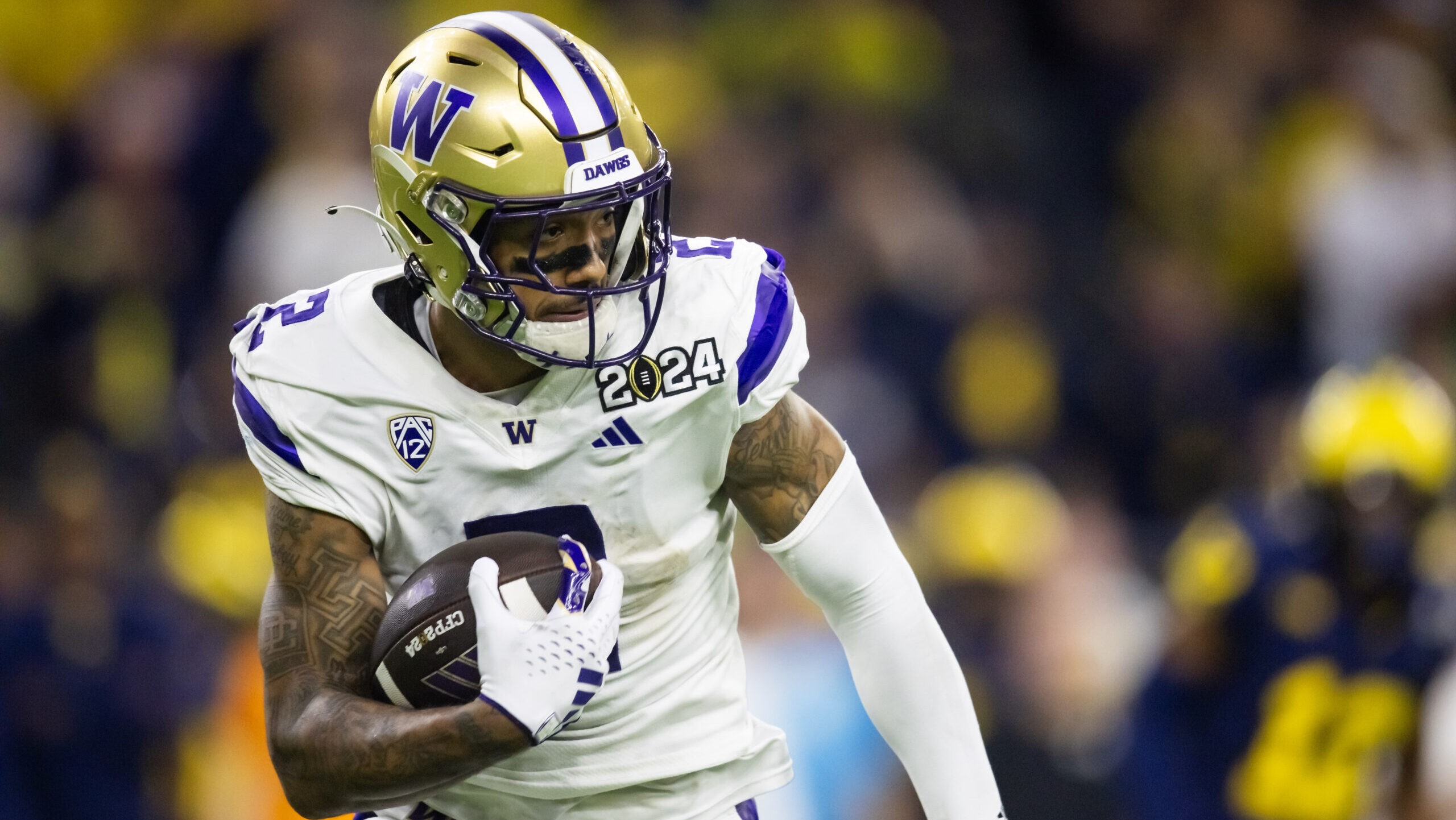Analysis
1/2/23
6 min read
Why NFL Quarterback Carousel Continues to Spin at Historic Level
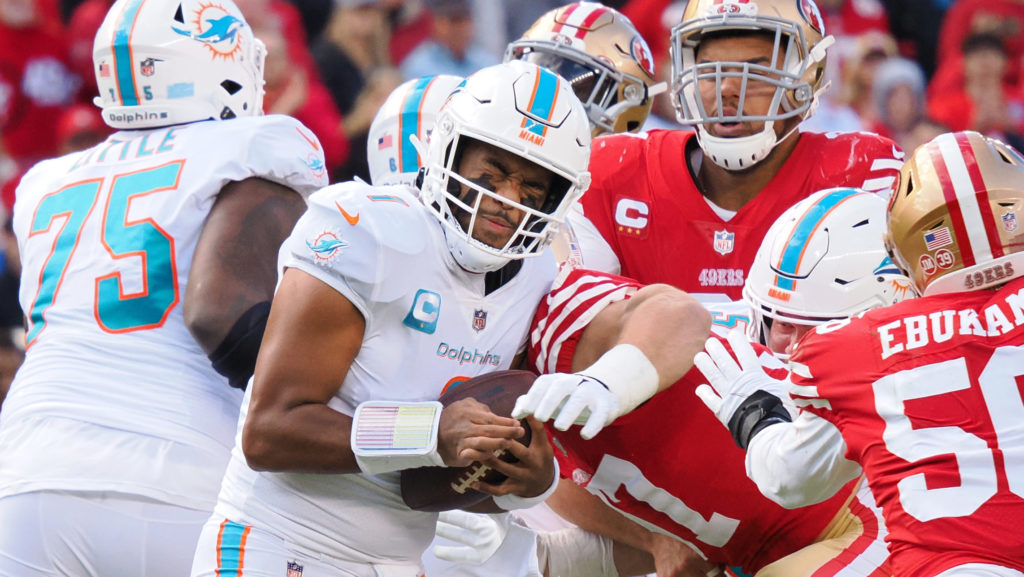
Some NFL records are best left unbroken. For me, it’s the number of quarterbacks making starts in a season. Unfortunately, that’s happening at an alarming pace this year.
With a week left in the regular season, we’ve already seen 64 different quarterbacks start a game. That's a new NFL record.
Why are more quarterbacks being utilized? The natural answer is that we’re seeing a lot more injuries at the position and alternates have to take over, which leads to another question: Why are so many quarterbacks getting hurt?
We had an old axiom in football scouting when I was coaching: “We can only take what the colleges send us.” It’s still true.
What colleges are sending us are quarterbacks who can run, so people in the NFL are looking for guys at the position who are more athletic and can do more than just throw. Therefore, you see coaches in the NFL employing some of the offensive styles that they’ve seen in college, where the quarterback is a featured runner. One of those styles is the read option, where there’s a fake to the running back; in some cases, the quarterback will give it to him, and in other instances, the quarterback will keep it. In college, the quarterback has oftentimes become the second option as a runner. And very often in the pros, you have designed quarterback runs.
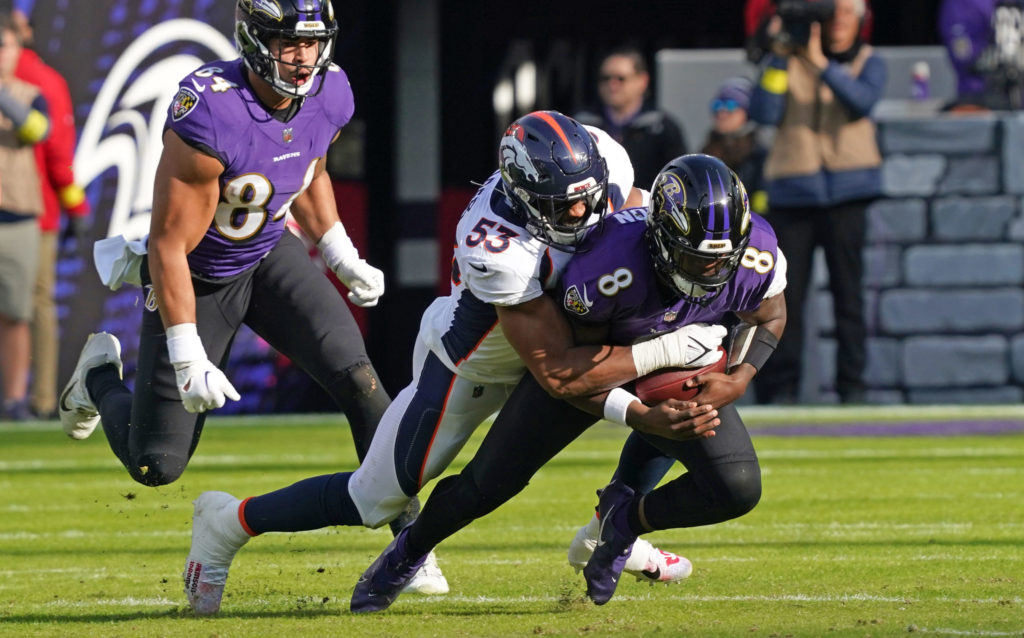
The more that quarterbacks get involved with the running game, the more exposure they have to hits and high-speed collisions, the more injuries they suffer.
But it isn’t just the increase in running by quarterbacks that makes them more vulnerable to contact. It’s also the decrease in pass protection. In my offensive system, pass protection was vital. That was the No. 1 prerequisite. We were going to protect the quarterback and we were going to minimize the risks that we took with him.
Nowadays, formations have dictated protection schemes and the people executing them aren’t as well trained coming out of college as they used to be. One of the reasons is that in college football now, almost every team is running a one-back offense. The fullback is kind of an extinct position in both college and, in most cases, the pros. The base offense in college is three wide receivers, one tight end and one back; or two wide receivers, two tight ends and one back. That, too, has made its way into the NFL.
The spread offense is nice. It’s exciting and people like watching it. But it’s not without a cost, and the cost is the disintegration of pass protection. First, you don’t have the bodies available to protect the quarterback and, second, the capabilities of the players doing it in the skill positions has regressed. There’s no doubt about that.
Years ago, the tight end had to run, block and catch. Now it’s mostly run and catch; they’re an occasional blocker. They are trained to block, but they’re not as adept and drilled on it as they used to be. And since they’re in the pattern most of the time, they are not trained as well as pass protectors. Well, when you only have one back in the backfield, a tight end becomes kind of the sixth or seventh pass protector, depending on whether the back is going into pattern or the free release. In that case, the tight end may stay in and block. Or, if the tight end’s going into pattern, the back stays in and blocks.
Most of the time, we’re getting six-man protections in pro football by virtue of the formations. Defensive coordinators know that when they get a six-man protection, they can tell that the center’s going to go opposite the back and block three on each side. And if they want to rush four on one side, they know they can hit the quarterback or come pretty close.
With colleges playing one-back offenses, these backs are primarily runners. They’re also very important pass protectors, but the size of these backs is going down. There are more diminutive guys playing the running back position. As a result, when they get to the pros, they’re still expected to handle blitz pickup.
The other thing that has affected pass protection is the non-utilization of the fullback. The fullback has always been one of the primary pass protectors for the quarterback. A lot of teams have replaced that fullback with a wide receiver, so now one of the better pass blockers is not available in these offenses. It used to be everybody had one or two fullbacks; those were integral parts of the pass protection system. Some teams have one fullback, but not many.
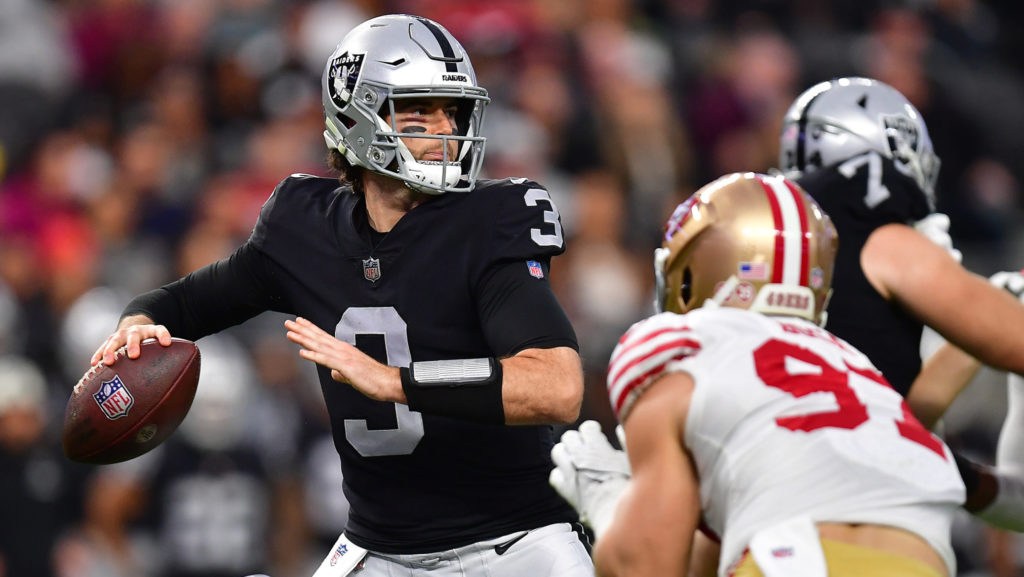
When you’re down to your second or third quarterback, usually the efficiency at the position diminishes. There have been 10 teams — nearly a third of the league — that have started at least three quarterbacks this season, and a couple that have used four. For a coach, managing all these quarterback changes is a very difficult task. The starter is still going to be the primary recipient of repetitions and the backups have to do a lot of their work mentally.
They keep sharp by maybe running the scout team, which my backup quarterback always did. But you have to be able to get your second quarterback some reps when you can or when you can afford to against the scout team, so that he’s kind of playing football in practice. When your first guy is hurt, the procedure just moves up one rung, and second guy’s now getting all the reps. But it doesn’t enhance the development of the down-the-line quarterbacks. Sometimes you keep those guys after practice and they work with the receivers a little just to get the timing down.
You can’t completely protect quarterbacks with rules and officiating emphasis, even though the NFL has made every effort to do so. What I think the league will do – and I’m not privileged to inside information on this – is expand the roster to include one more quarterback as they see more injury and replacement at the position.
Now, that doesn’t mean quarterback play is going to get better. It just means there’ll be more guys to play the position and more availability as they keep getting hurt.
Bill Parcells is a former NFL head coach and executive whose career in football spanned five decades. He won two Super Bowls as the coach of the New York Giants and a pair of NFL Coach of the Year Awards.
As told to Vic Carucci


